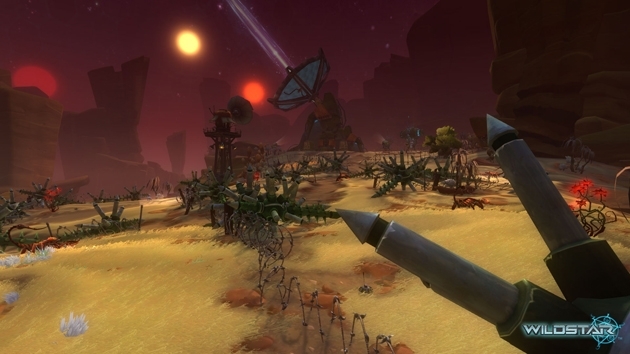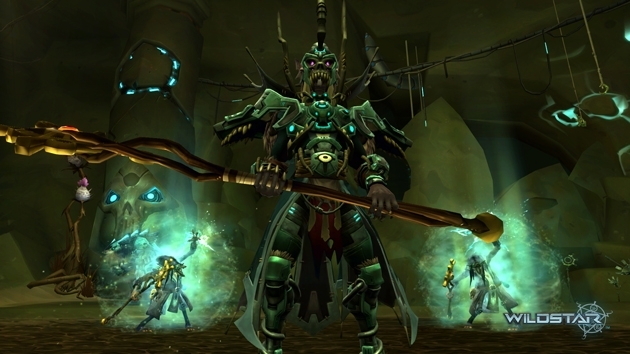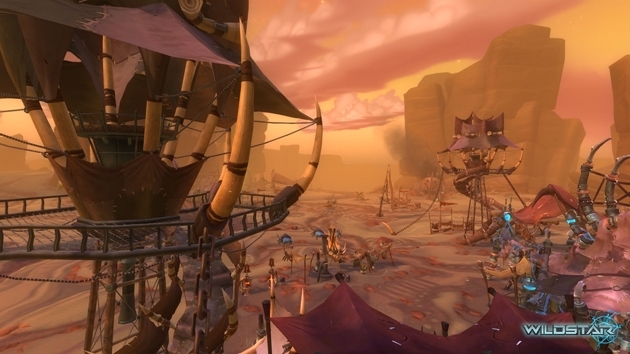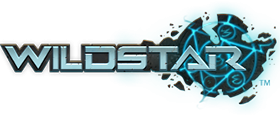WildStar: The Engine Interview
We take a closer look at the beating heart of WildStar with Lead Software Engineer Steve Moret.

How do you balance what to perform server-side versus client-side?
The general rule at Carbine is that we treat your client as a dumb terminal that is trying to send us malicious data at all times. That means that basically everything has to pass through the server for validation at some point.
At the same time, we have to assume you have tons of latency. I’d really love it if the world had a network infrastructure that could guarantee <10ms pings from any two points on the globe, but thanks to the laws of physics that’s just not gonna happen. We generally assume your client has at least 300ms of lag at all times. This means we have to simulate many things on your client while it is in transit to the server. Sometimes this might mean you play a pre-cast animation for a spell, only to get the message “Invalid Target” because your target is already dead. We’ve found it’s hardly noticeable vs. hitting the attack key a fraction of a second later, but I guess the end user will be the final judge of how well we hide the lag.
What is the development process like? Are there similarities with standard software houses that use an Agile process, or is there more to it?
We’re a mix of Agile principles as well as your traditional waterfall model of software development. While we have the traditional Art, Audio, Design and Programming departments many of us have broken up into Agile style Feature Teams. These teams handle core parts of the game (like Social, Economy and Encounters). They have both long and boring traditional meetings as well as 10 minute daily stand up meetings. We don’t really scrum and sprint but we kind-of do.
What we certainly do a lot of is iterating; features get rewritten and redesigned many times before they’re even shown to anyone outside of a Feature Team.
What stage of development is the engine currently at? Is the core complete, or are you continually adding new features?
Mostly done; yes and yes. While I’d say the core of the engine is done; we are continually prototyping new quest objective types, path missions, adventures, PvP battleground types, arena styles, Warplot components, neat things to put in your house and more. The goal has always been to have a flexible MMO engine that we can continue to support forever (that’s kinda scary to think about now that I say it). We’re always going to need new bosses, with new abilities and new telegraphs, giving the player awesome loot with new effects. All of that will keep us developing forever.

Can you give us a feel for the complexity of WildStar’s engine, and how big a project it is compared to art, content creation and other areas of development?
Well, we have lots of code (99% of which is C++). The engine is roughly 750,000 lines, the Client specific parts are roughly 250,000 lines, the servers are about 500,000 lines, and we have over 1.1 million lines of code in the 130 or so tools we use daily. We’re also pretty good at deleting unused projects and not leaving commented code in our depot, so I’d imagine the 2.6 million lines of code we have are live, active, important lines of code.
Our programming department only makes up 25 of the 210 Carbine employees that I’m aware of. Although, given our job postings those numbers may have slightly changed by the time this article is posted.
What’s been your biggest challenge that’s arisen from a request from the design team?
Luckily that feature was cut, so I can’t really talk about it. But problems regularly arise from Carbine’s over-the-top, pie-in-the-sky, go-buck-WildStar attitude. Some of the best ideas take the most amount of server database storage and there are some hard limits on what we can store if we want to handle the numbers of players we’re hoping to have (i.e. lots). Add to that a desire to not delete old accounts and we end up having to fit everything in 2-3 megs of player storage. Not so great.
Player exploration was a great example of pushing this limit. The size and count of explorable hexes had to be carefully tuned to not cost us too much database storage. Make the hexes too small and we need 100s of megabytes of storage per player, make the hexes too big and you don’t have a reasonable amount of fidelity to show on your map. Hopefully we’ve hit a happy middle ground where players don’t have to worry themselves with the cost per gigabyte of enterprise class storage.

Is there a feature of the WildStar engine that you’re particularly proud of, or which other games don’t have?
As a programmer at Carbine, my personal favorite part of our Engine is that math is expressed in typical expression syntax, for example when calculating the barycentric interpolation of a triangle defined by the vectors v1, v2, v3 and scalar co-efficients f and g you can just type:
CVector3 result = v1 + (v2 – v1) * f + (v3 – v1) * g;
In my previous experiences at game development studios, math libraries were written in Intel Assembler Notation and the above would have to be written as:
VectorSubtract(temp1, v2, v1);
VectorScaleFloat(temp2, temp1, f);
VectorAdd(temp3, v1, temp2);
VectorSubtract(temp4, v3, v1);
VectorScaleFloat(temp5, temp4, g);
VectorAdd(result, temp3, temp5);
This lets us express math that looks and feels natural, and we’ve come up with neat techniques using C++ templates to prevent temporary copies by lazily evaluating upon assignment. I certainly hope that other game studios are also taking this path; the old style of writing math with function calls stinks compared to writing clear expressive math expressions.
*pause*
So, the other programmers have officially said I’m too nerdy, and need to include their favorite Engine features too, so I’d like to also point out that we have an awesome database layer that has a version control system built into it so that you can make local changes and preview them before committing them to the database for others to see (or even suspend and transfer changes to other users). Also, several people said that sockets and plugs (a system we use to replace terrain features for dynamic events) are really awesome in that it is very user facing and really makes the world feel like it is changing as you play. But to be honest, I’m just happy that I move the camera by typing things like:
CVector3 velocity = CVector3::ZAxis() * CMatrix::RotationYawPitchRoll(m_cameraYaw, 0, 0);
m_positionVelocity = velocity.Normal() * (float)cv_CameraCharMovementSpeed;
m_position += m_positionVelocity * secsPerFrame;
Next Up: Keeping That Style and System Support on Page 3 ->





